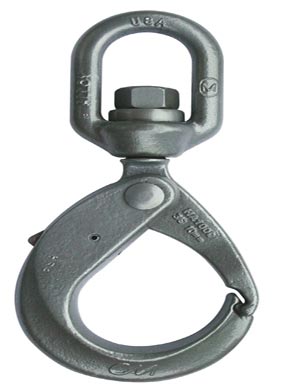Inspecting wire rope slings is one of the more critical things to consider before using them for lifting. Accidents are bound to happen when inspections are lacking. Most problems that occur with lifting equipment are preventable by the sling user, crane or hoist operator. Knowing when and how to inspect ropes is essential.
Wire rope inspections should meet or exceed the standards set forth by the ASME and OSHA. Each has different requirements for inspections and removal criteria from each sling. Following these standards will make your workspace safer.
The only person(s) that should be allowed to operate and inspect chains are individuals that have proper credentials and training. They should all be well versed in OSHA and ASME regulations.
One of the most important standards to keep in mind is ASME B30.9, which states that a wire rope sling must be removed from service if it meets any of the conditions below:
- Kinking
- Severe wear
- Broken wires
- Illegible tag/ID
- Doglegs
- Damaged fittings
- Corrosion
- Birdcaging
ASME B30.9 goes on to discuss in detail the information that should be found on the wire rope sling tag. New slings have tags from manufacturers that clearly state four essential points of information.
- Name and trademark of manufacture, or if repaired, the name of entity performing the repairs.
- If more than one leg, then the total number of legs.
- Rated load for hitches and the angles upon their basis
- The diameter and size
If tags are missing, individuals should reach out to the manufacturer for replacement tags.
The standards set by OSHA and the ASME are there to ensure safety in the workplace. Following each rule can help keep employees safe, and your business thriving.
RELATED READING: